Have you ever wondered why some dogs seem to run all day while others are happiest sleeping until noon? Just like people, breeds vary in their energy levels, and some are naturally inclined to take things slow.
These dogs aren’t lazy in the negative sense. Instead, they embody calmness, often showing loyalty and affection while resting nearby. They require less physical activity than energetic breeds, making them ideal companions for apartments or relaxed households.
For many owners, this balance brings joy, since their pet’s quiet temperament fits seamlessly into daily routines. Such dogs can thrive in homes where schedules are steady and calm moments are valued. They’re the ones that stretch, yawn, and happily drift back to sleep, reminding us that rest is part of life.
In this guide, we will highlight those famously lazy dogs.
Lazy Dog Breeds Famous for Taking Long Naps
1. Basset Hound
Basset Hounds are famous for their love of rest, often taking multiple naps throughout the day. Their droopy eyes and relaxed posture reflect a slow-paced lifestyle. They are less eager to stay active compared to other scent hounds, making them a natural fit for laid-back homes.
Energy Balance
Although they can enjoy walks, their stamina is limited and they tire quickly after light activities. Most owners notice the breed prefers lounging after short outings. Because of this rhythm, they are often grouped with low-maintenance dog breeds that adapt well to calm households.
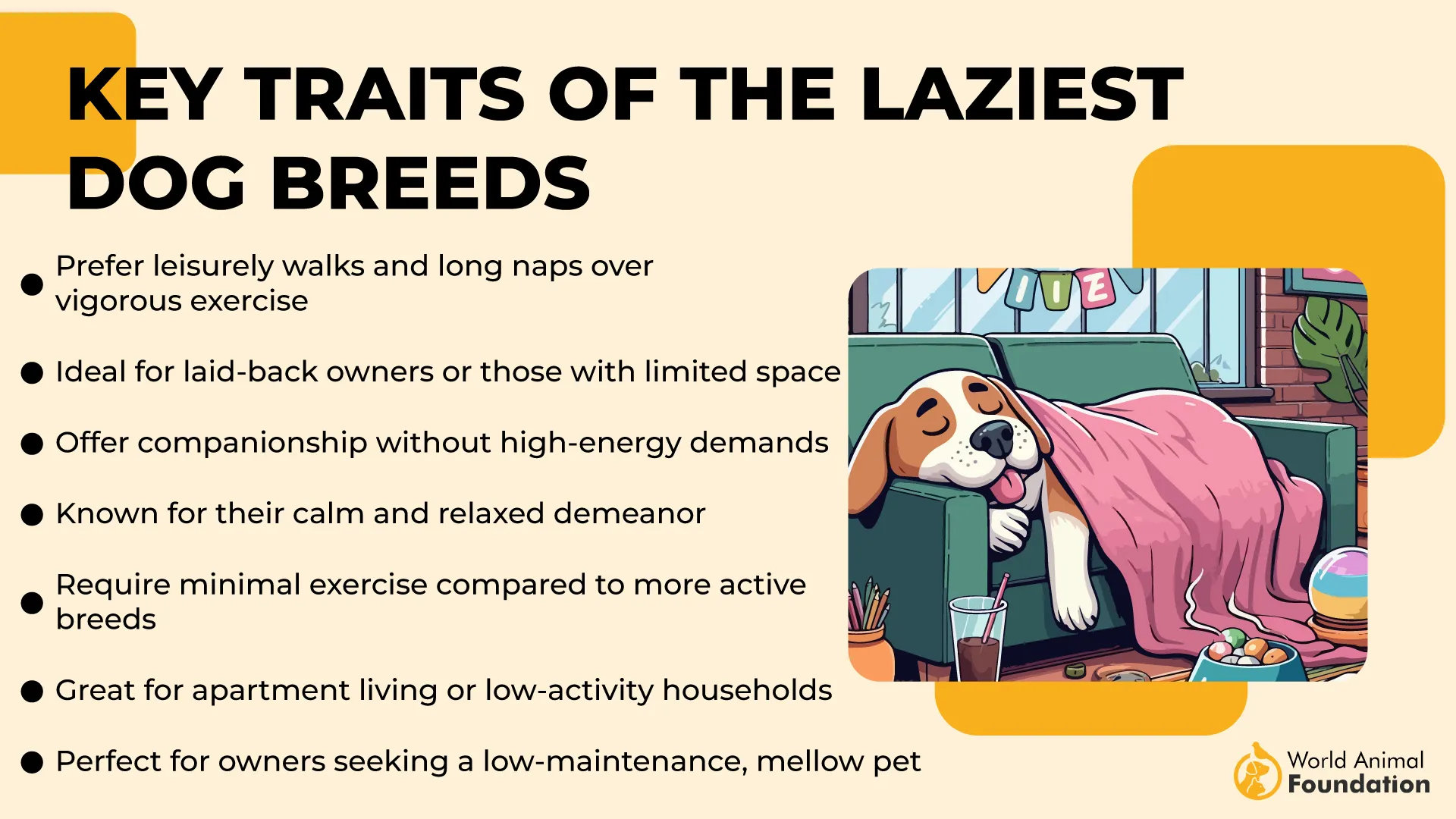
Gentle Activity Needs
Daily care does not require vigorous play or long running sessions. Instead, the Basset Hound does best with moderate exercise such as short walks or light yard activity, as mentioned in the AKC. These moments are enough to keep joints flexible without disturbing their preferred long resting hours.
Easygoing Lifestyle
Their relaxed nature extends into how they live indoors, where they enjoy being close to family but not demanding constant activity. Their affectionate but quiet personality allows them to blend into a home routine easily. Families often find their calm presence perfect for a slower-paced lifestyle.
2. English Bulldog
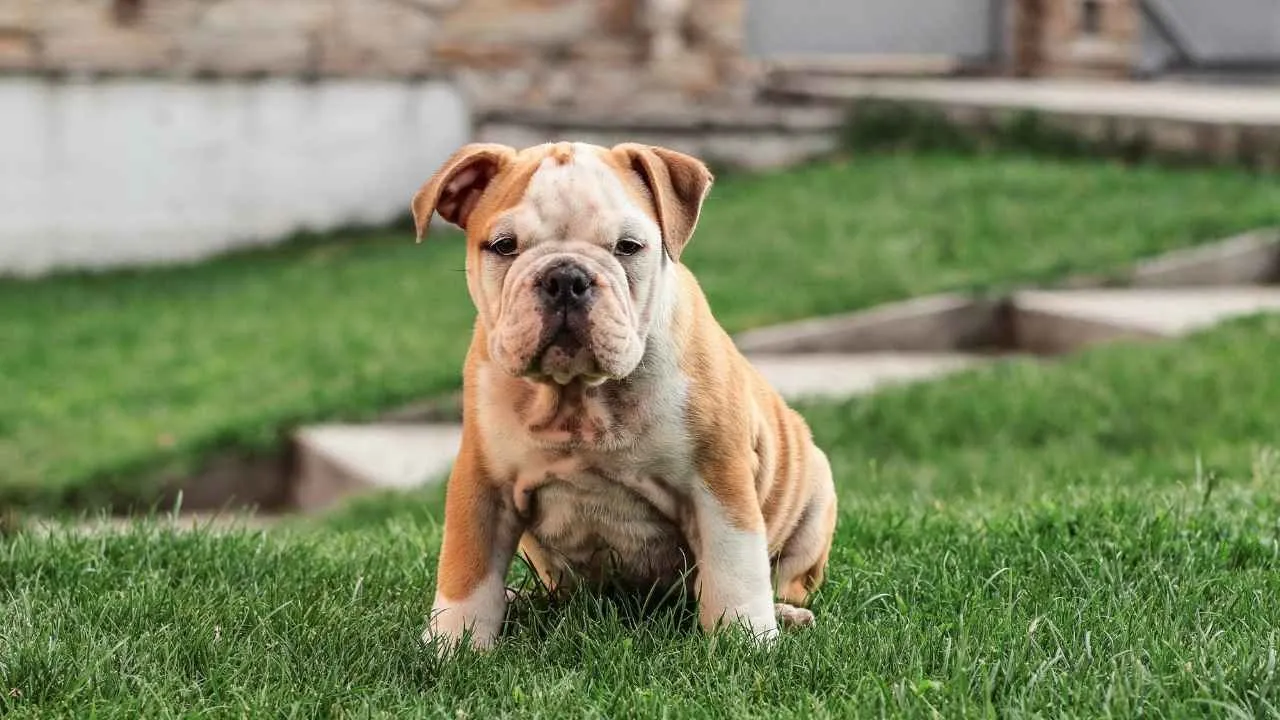
English Bulldogs are among the heaviest sleepers in the canine world, often spending the majority of their day lounging. Their slow pace and relaxed temperament mean they don’t need constant activity to feel content. This calm rhythm makes them well-suited for families that appreciate a laid-back companion.
Moderate Activity Levels
Bulldogs are not built for high-energy play, and their shorter muzzles limit stamina during vigorous activity. Their exercise needs are minimal compared to most breeds, requiring just short, steady walks. This keeps them healthy while allowing plenty of time for their favorite habit — napping.
Adaptable Household Fit
They adjust easily to different environments, which explains why they are often recommended for apartments. Their quiet, low-energy nature means they don’t demand large backyards or constant stimulation. Many city owners find them ideal for a comfortable, restful lifestyle.
Care in Dog Ownership
Their calm demeanor comes with responsibilities, as Bulldogs are prone to overheating and joint issues if overexerted. Responsible ownership for this breed includes monitoring their activity levels and ensuring rest periods. Key needs often include:
Short daily walks
Cool, shaded resting areas
Regular vet checkups to support joint health
3. French Bulldog
French Bulldogs are known for their calm temperament, often preferring lounging over vigorous activity. Their compact bodies make them less suited for endurance runs. Instead, they settle easily into long naps throughout the day without demanding constant attention.
Low Energy with Playful Spurts
Although they conserve energy most of the time, short bursts of play keep them entertained. A few minutes of indoor play is usually enough to satisfy their exercise needs. Afterward, they quickly return to their favorite resting spots.
Ideal for Smaller Spaces
Their quiet, restful nature makes them well-matched for apartment dwellers. They adapt to limited space and rarely require large yards to feel content. Extended napping periods fit seamlessly into the routines of city households.
Appeal to Pet Families
French Bulldogs are often chosen by dog owners who prefer companionship without high exercise demands. They thrive in environments where affection and comfort are valued. Families appreciate their blend of loyalty and laziness, which makes them easy to live with.
4. Great Dane
Great Danes often surprise people with how relaxed they are around the house. Their giant frame does not stop them from curling into small spaces for hours of rest. Many owners describe them as quiet loungers that adapt well to slower household routines.
Balance of Size and Rest
Although capable of short bursts of activity, their energy levels stay low for most of the day. After a brief walk or some playtime, they usually retreat to long naps. Families often find them stretched across couches or dog beds more than anywhere else.
Companionship Over Activity
They thrive on human companionship and prefer being near their families during downtime. Their calm personality makes them good at matching the daily rhythm of the home. Because they are sensitive, they may choose nap spots close to their favorite people.
Care and Maintenance
While their short coat has minimal grooming needs, their large size requires comfortable resting areas that support their joints. Helpful household adjustments include:
Oversized orthopedic dog beds
Space away from stairs or slippery flooring
Moderate exercise balanced with long rest
5. Newfoundland
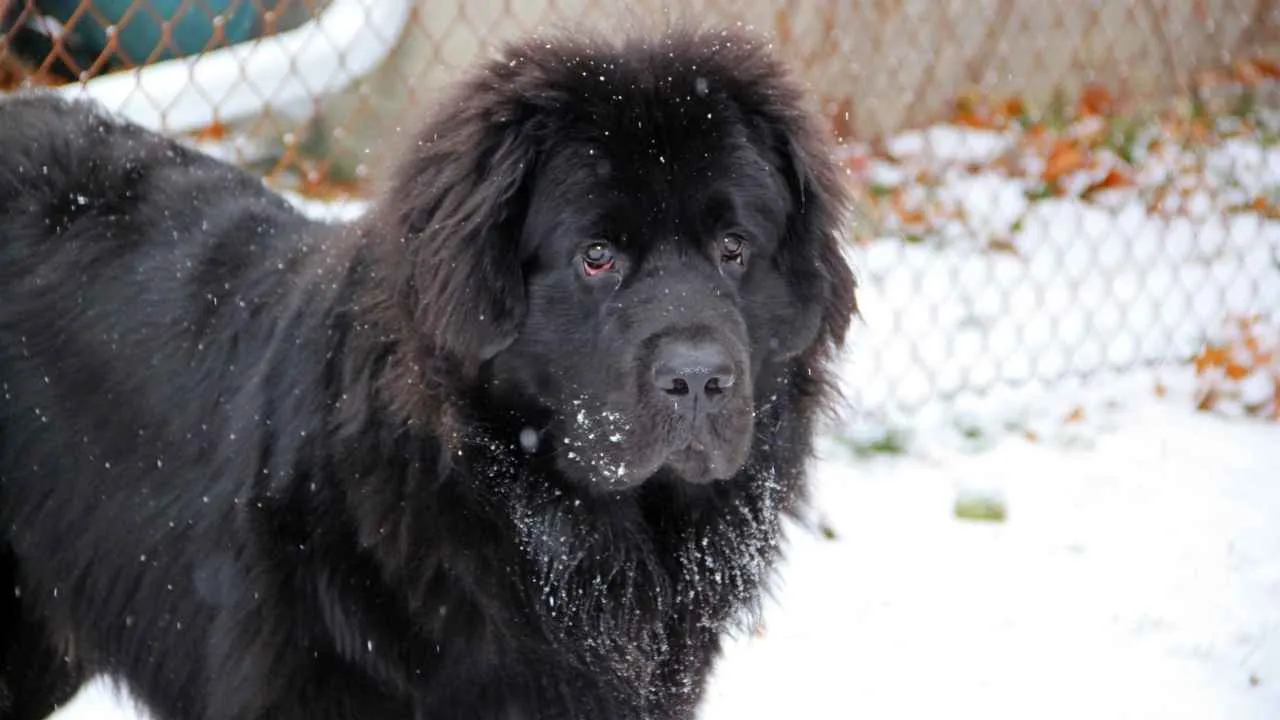
Newfoundlands are massive dogs with a calm temperament that makes them naturally inclined to spend hours resting. Their heavy bone structure and large frame reduce the need for constant activity. This combination of size and serenity contributes to their reputation for long naps.
Gentle Family Companions
These dogs often seek quiet corners of the home after short play sessions. With proper training, they settle quickly into routines that mix light exercise with plenty of downtime. Their gentle temperament makes them a safe choice for families who appreciate a laid-back pet.
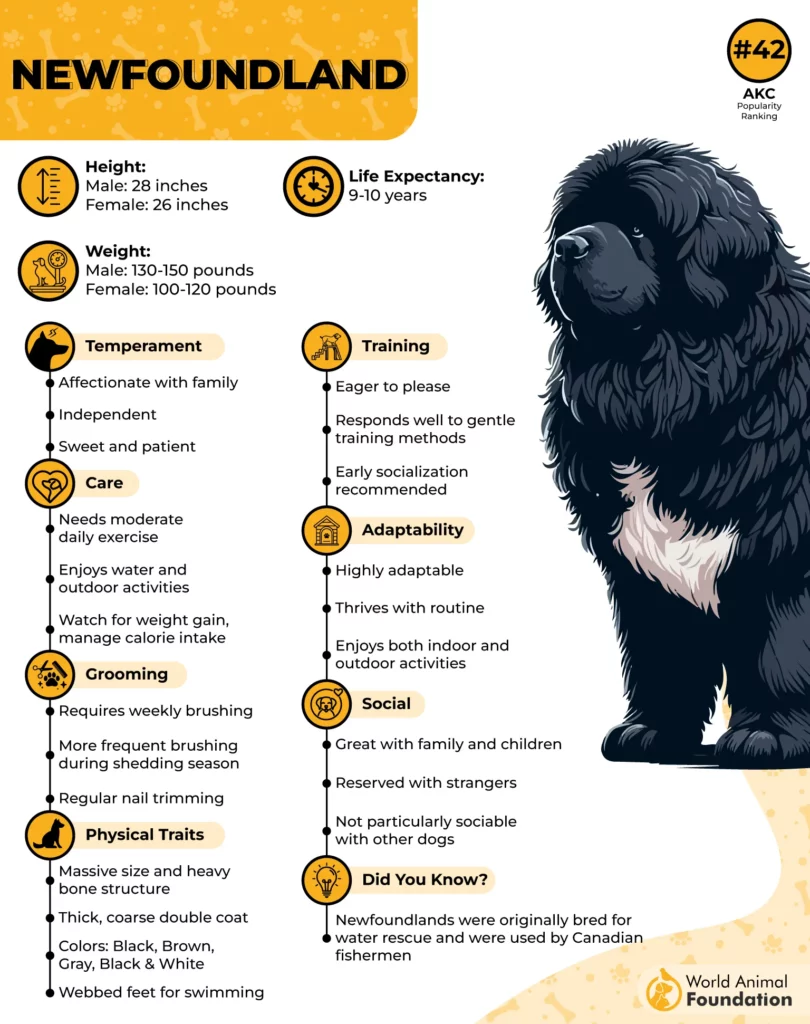
Why They Prefer Napping
Their slower metabolism compared to other breeds means they tire out sooner from moderate play. Owners often note that short bursts of exercise are followed by deep sleep. Key reasons behind their frequent naps include:
Heavy build that requires more recovery time
Natural patience and calm personality
Strong preference for cooler, quiet spots
Historical Role and Modern Lifestyle
The Newfoundland was originally bred to help fishermen with heavy pulling tasks and water rescues, as highlighted in PetMD. While they still enjoy swimming, their modern lifestyle involves more rest indoors. Among large working dogs, they are known for being calmer than many other dogs of similar size.
6. Mastiff
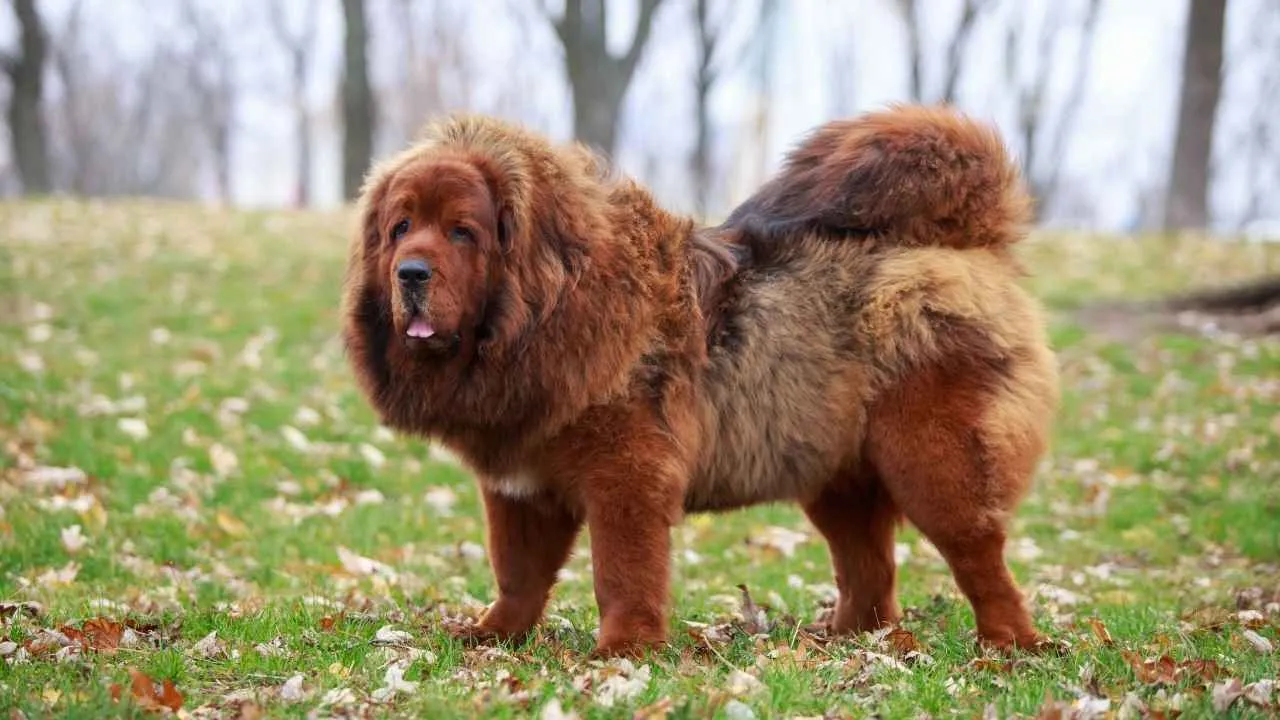
Did You Know: The English Mastiff holds the record for the heaviest dog ever recorded, with one named Zorba weighing 343 pounds.
Mastiffs are giants with a calm temperament, often spending long hours stretched out in quiet corners of the home. Their sheer size requires them to conserve energy after short bursts of movement. This preference for lounging makes them one of the breeds most associated with long naps.
Calm Household Presence
Because of their relaxed personality, they adapt well to family routines that involve downtime. They stay close to loved ones, choosing rest over unnecessary activity. For many families, their gentle nature makes them wonderful companions during peaceful evenings indoors.
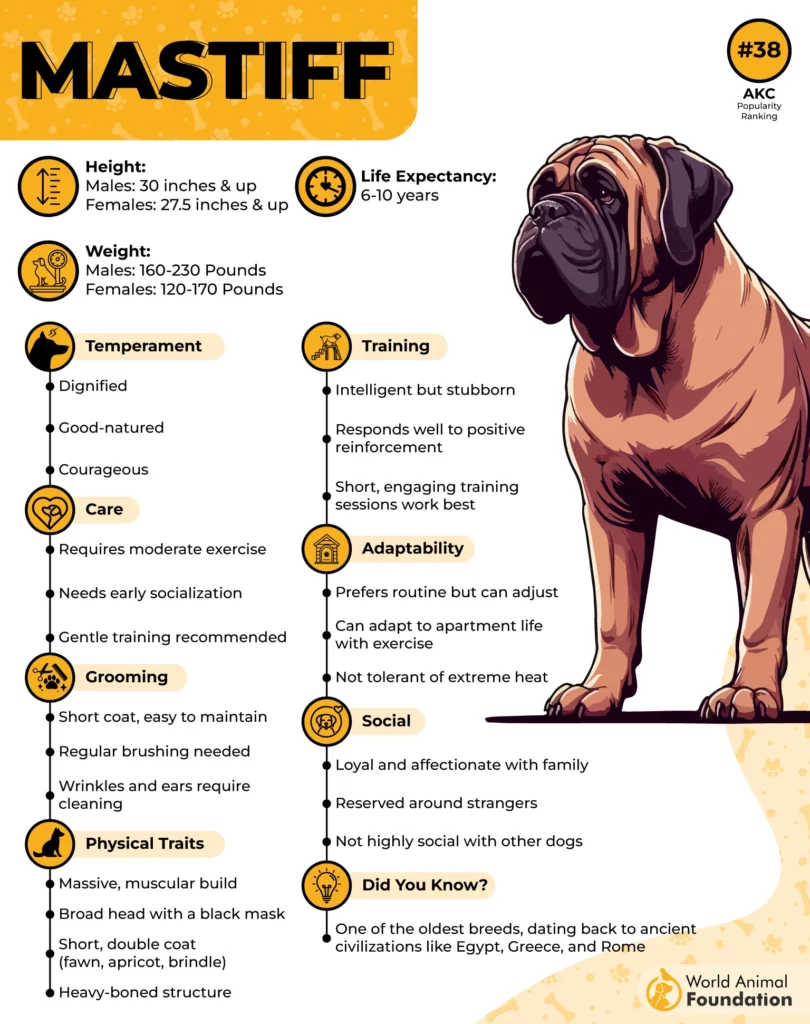
Training and Social Balance
Although they enjoy sleep and relaxation, Mastiffs benefit greatly from early socialization and steady guidance. When properly trained, they are well-mannered indoors and less likely to show overexcitement. This ensures their large frame remains manageable even in smaller living spaces.
Low-Energy Lifestyle
Their exercise requirements are surprisingly moderate compared to their build, often satisfied with short daily walks. Mastiffs prefer rest after meals and extended naps throughout the afternoon. Owners typically note the following habits:
Long recovery naps after play
Short but consistent walks
Preference for quiet lounging spots
7. Saint Bernard
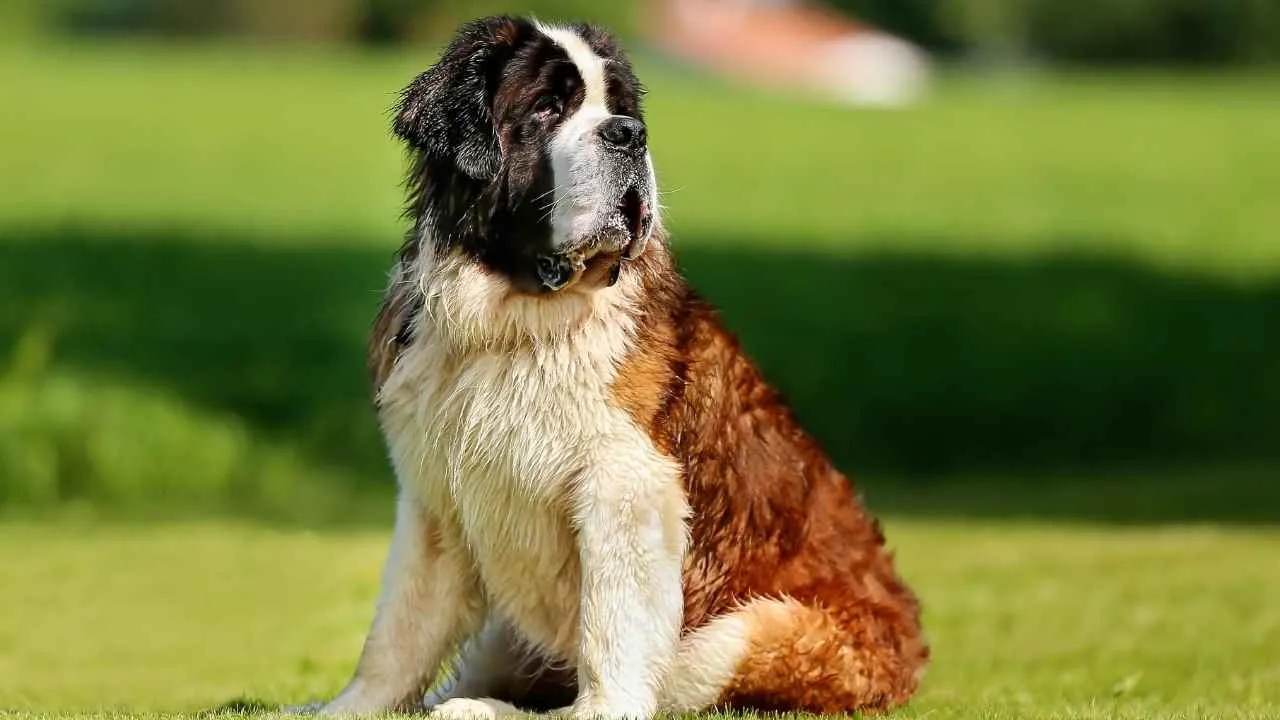
Saint Bernards are well known for their laid-back approach to daily life, conserving energy even during active family routines. Their calm rhythm makes them prone to long rest periods. When indoors, they often prefer stretching out in a cool spot and sleeping for hours.
Napping Habits
These large dogs enjoy multiple naps throughout the day, with sleep sessions often extending after short walks or light play. Their size and slow metabolism add to their need for rest. Owners often find them snoozing after meals or lounging with the family.
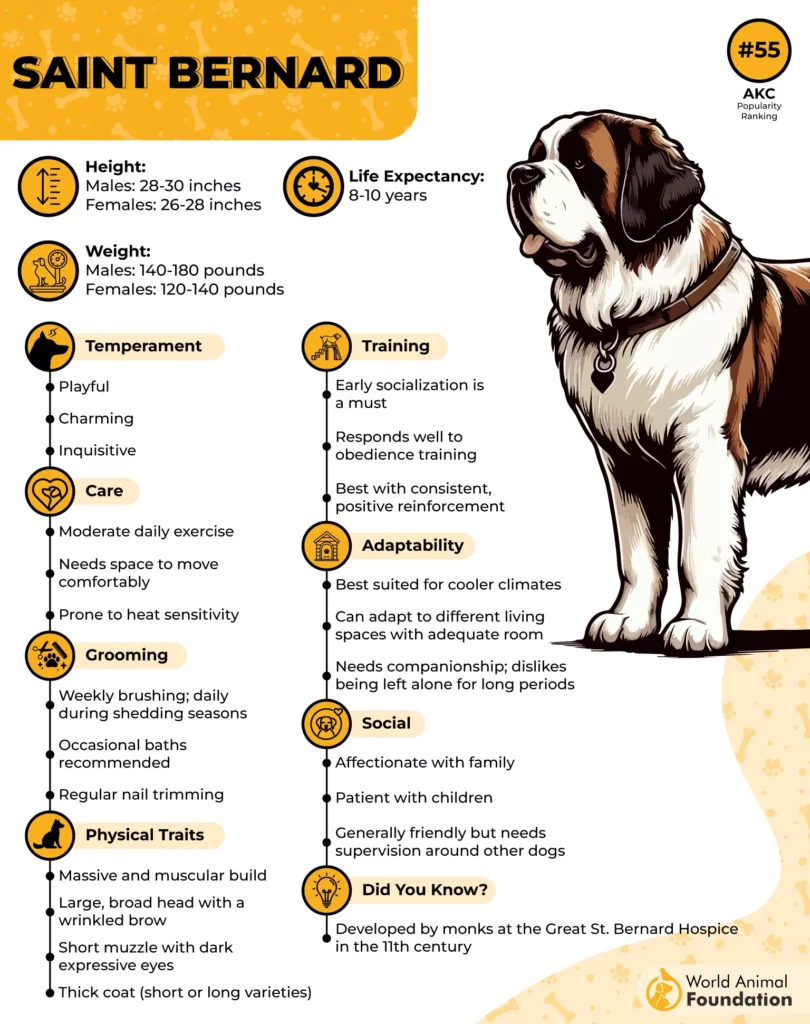
Gentle Household Presence
Despite their size, they rarely demand constant activity. Many families appreciate their quiet company because they adapt well to slower lifestyles. Typical resting patterns include:
Long daytime naps
Relaxed evenings indoors
Low-energy bursts followed by sleep
Patience and Tolerance
Their relaxed temperament also supports a strong tolerance of children and household noise. Instead of being startled easily, they remain steady and composed. This calmness contributes to their reputation as dogs that settle quickly into napping after minor interactions.
8. Shih Tzu

Did You Know: The name Shih Tzu translates to “Lion Dog” in Mandarin, reflecting their resemblance to traditional Chinese guardian lion statues.
The Shih Tzu carries a long history as a palace companion, and this role shaped its laid-back lifestyle. They often nap after short walks or brief play sessions, easily adjusting to a quieter household pace. Their small frame and moderate energy make rest one of their favorite activities.
Comfort Seekers
This breed loves cozy resting spots and will often choose couches, beds, or sunny corners of the house. Families notice their habit of following a consistent routine of sleep and short bursts of activity. Because of their calm rhythm, they are well-suited to apartment living.
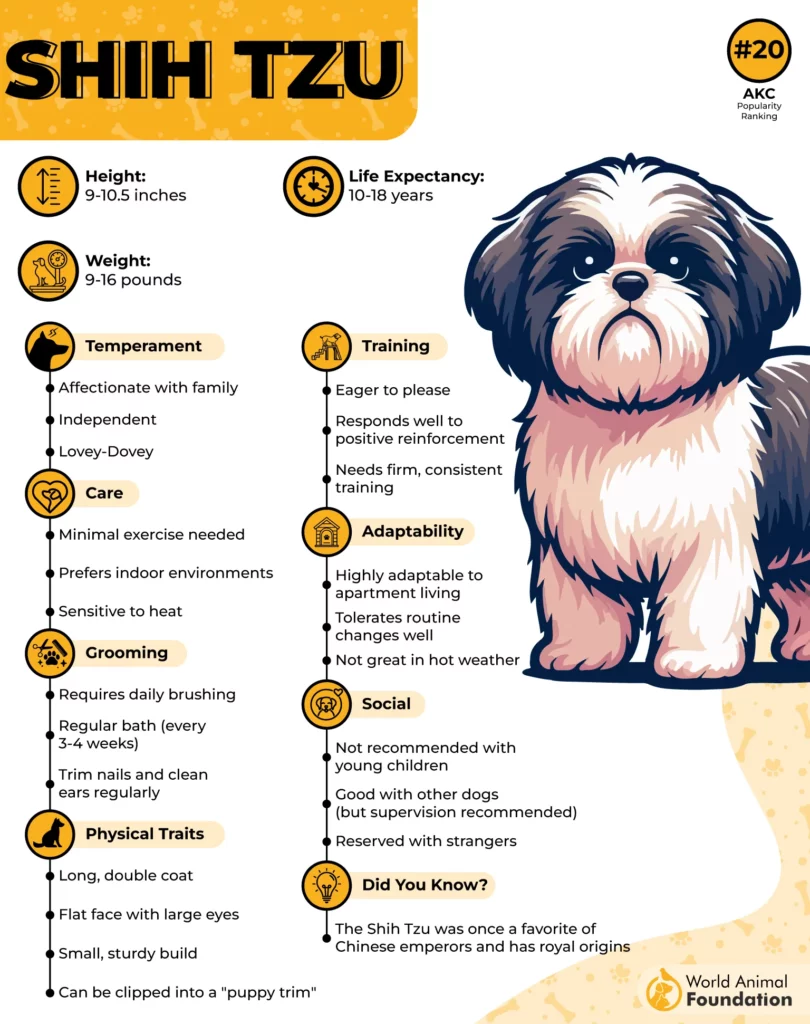
Affectionate Resting Habits
Shih Tzus frequently nap close to their owners, showing a preference for companionship even during rest. They are rarely restless indoors and display a steady temperament that matches a calm environment. Their relaxed nature makes them an easy fit for homes of varying sizes.
Low Exercise Demands
Daily needs for activity are minimal, and short strolls or indoor play are usually enough. This allows them to settle back into long naps without difficulty. Many owners find these dogs happiest when their schedule includes:
A short morning walk
Midday cuddle and nap time
Evening rest after light play
9. Pekingese
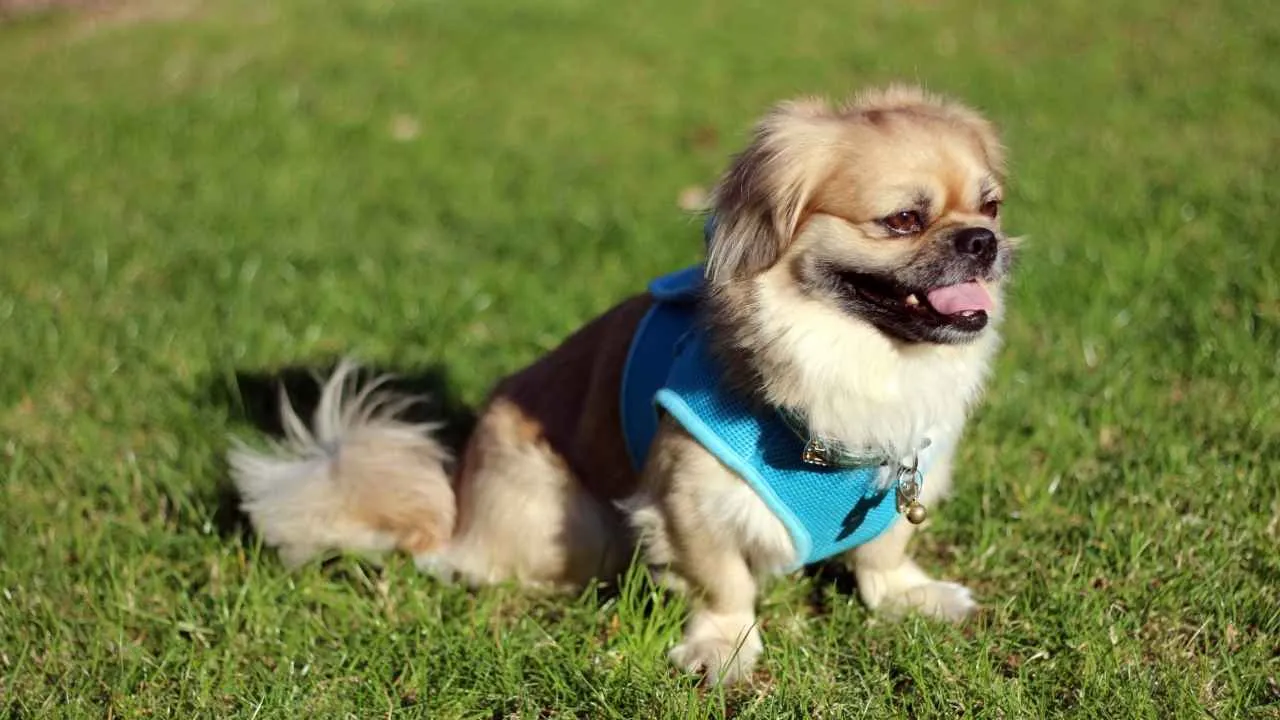
The Pekingese has long been associated with palace life, where its main role was to lounge beside royalty. That history still shows in its love for long naps and cozy corners. Their relaxed rhythm makes them natural companions for quieter households.
Compact Build for Indoor Living
With a short muzzle and stocky frame, the breed doesn’t require strenuous activity to stay content. Instead, it prefers resting on soft cushions or staying close to family. This reduced demand for movement supports its reputation as a low-energy sleeper.
Daily Habits of Rest
Owners often notice how these dogs structure their day around rest and comfort. A Pekingese can spend hours rotating between sleep spots in the home. Their nap patterns often resemble a cycle of short walks, light play, and long stretches of rest.
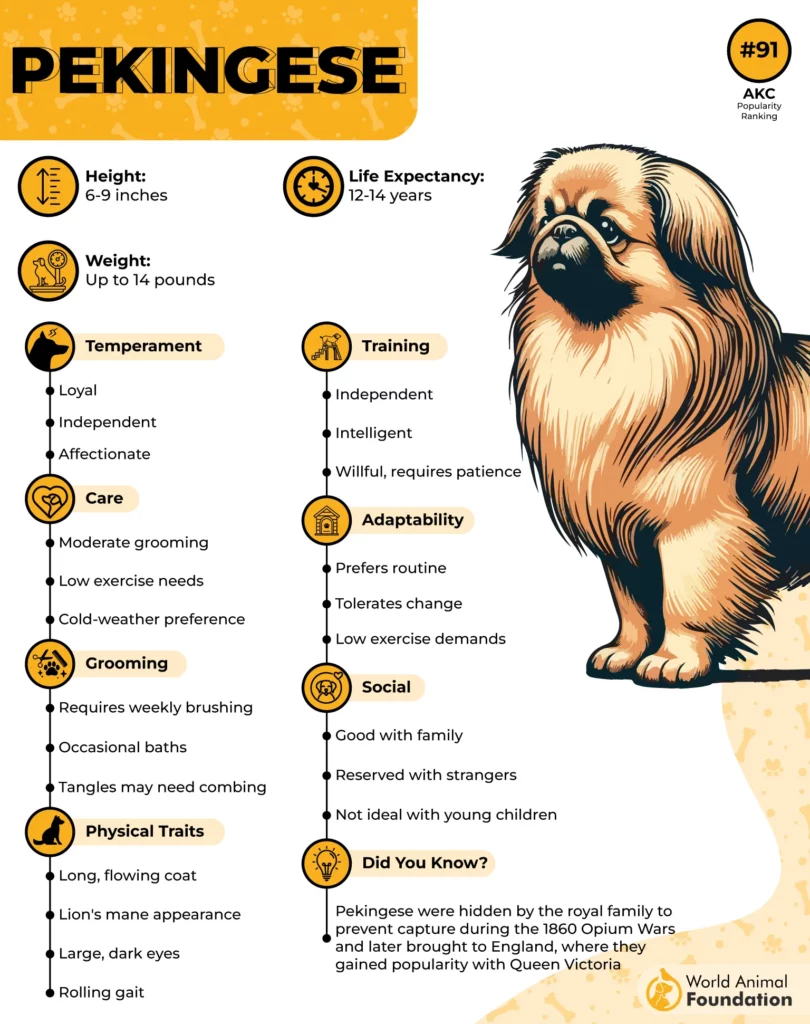
Small Dog, Big Nap Schedule
Many describe their napping style as more structured than random, with clear preferences for favorite resting areas.
Soft bedding or couches
Warm laps or blankets
Quiet corners away from foot traffic
This habit highlights why the breed is considered one of the most consistent indoor nappers.
10. Chow Chow
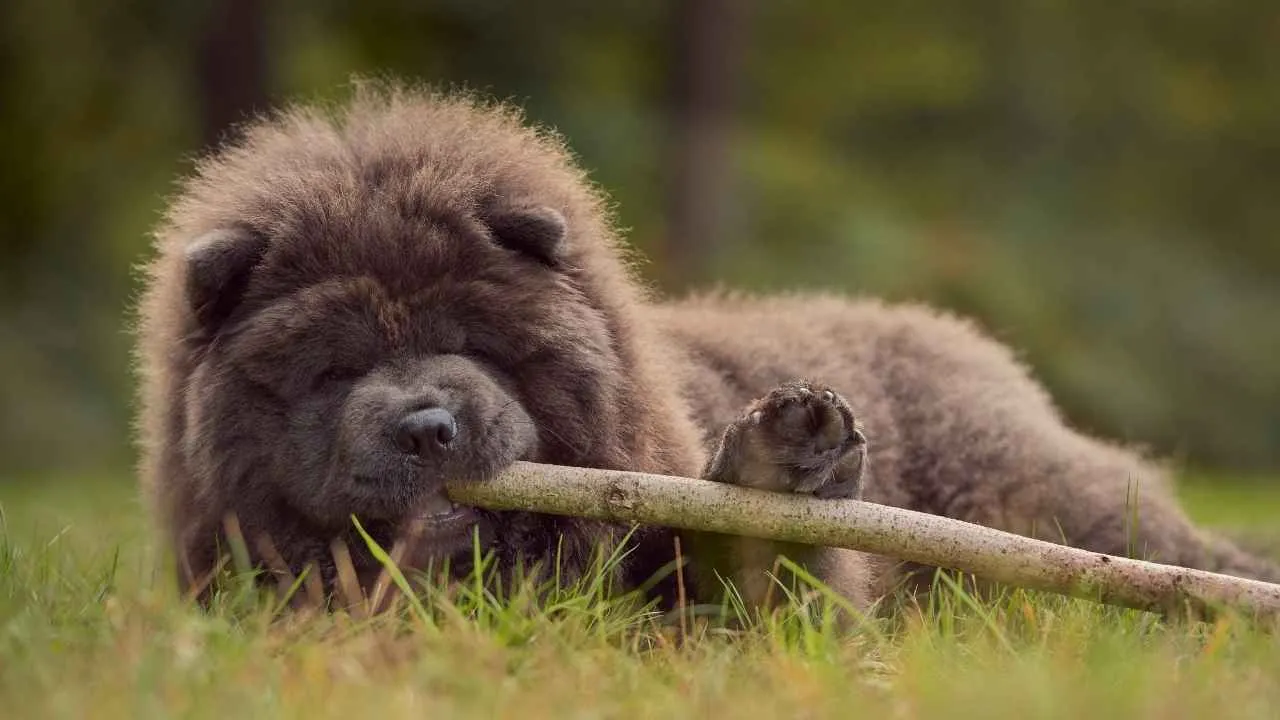
Chow Chows are known for their calm temperament and slow-moving lifestyle, which makes long naps a regular part of their day. They often find quiet corners of the house where they can spend hours resting undisturbed.
Independent Personality
These dogs are less inclined to constantly seek attention, which pairs well with their restful habits. Their independence allows them to occupy themselves without requiring constant activity or play. This often results in longer sleep cycles compared to breeds that crave nonstop interaction.
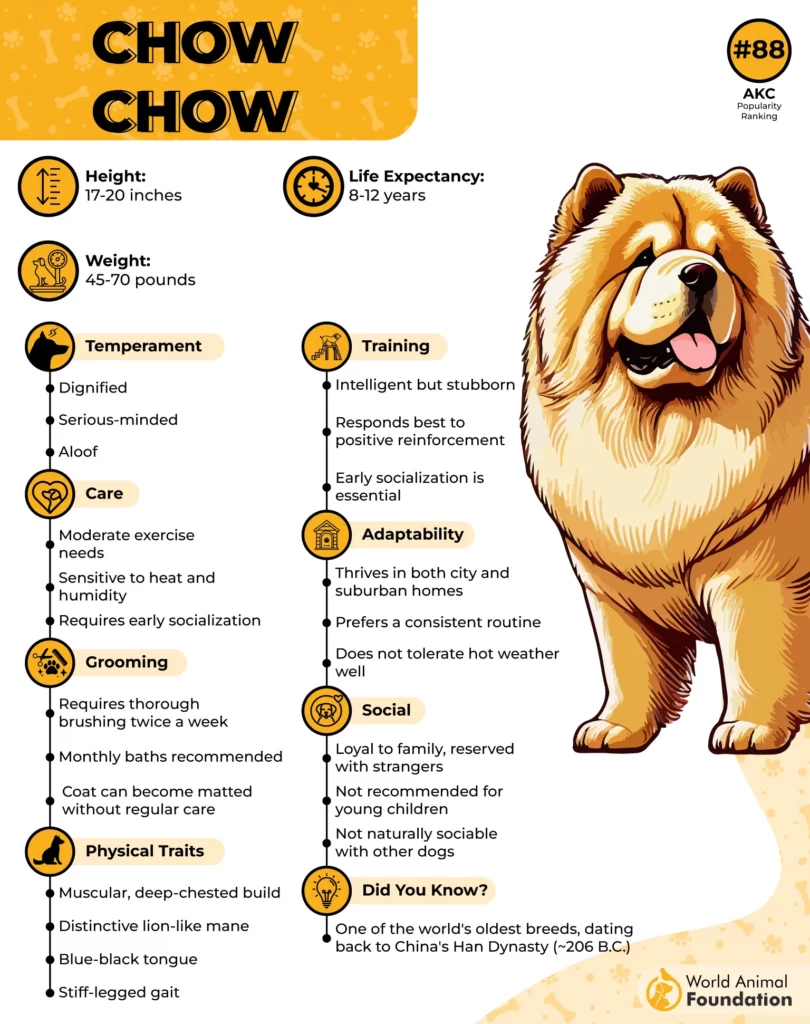
Protective Yet Reserved
While often described as aloof, Chow Chows maintain a strong sense of territory and can be protective of their family. Their serious expression and dignified stance make them watchful even while appearing relaxed. Some of their energy is reserved for guarding, but much of the day is spent in restful observation.
Grooming and Care Demands
According to the AKC, their thick double coat requires consistent grooming, but their daily activity needs remain relatively moderate. Families often notice that their dog’s exercise can be met with short walks and light play.
Heavy seasonal shedding requires regular brushing.
Proper coat care keeps them comfortable during long resting hours
Balanced nutrition supports their naturally steady lifestyle
Conclusion
Lazy dog breeds bring balance to homes that value peace, comfort, and companionship. From small lap dogs with true couch potato instincts to a gentle giant stretching across the floor, these companions prove that calmness can be just as rewarding as activity.
Their affectionate energy level makes them wonderful with families, and many adapt well to other pets in the household. Because they are often considered low maintenance, they suit owners who prefer steady routines.
With mindful care to prevent weight gain and light mental stimulation, these low-energy dog breeds thrive while offering warmth and quiet joy daily.


